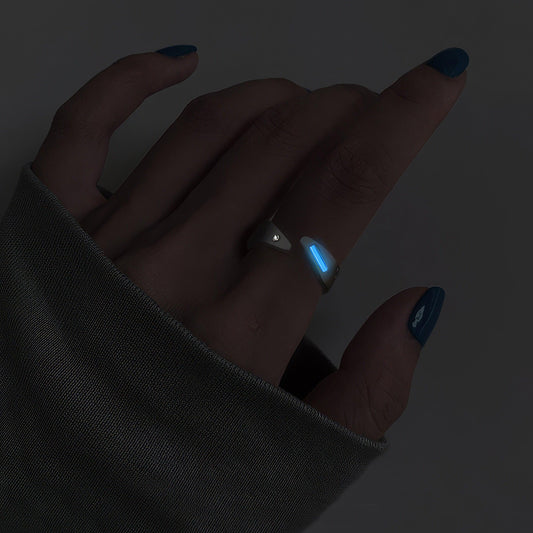Lab-Grown Diamond Tester A Gem of Modern Innovation
Lab-Grown Diamond Tester A Gem of Modern Innovation
A few weeks ago, while rifling through the cluttered trinket tray on my dresser, I stumbled upon a forgotten sparkler of a ring— a gift from my grandmother that I’d worn to nearly every family wedding and formal affair. As I admired its glint, a curious thought struck me: how would one tell if such a beauty was natural or lab-created? Enter the intriguing world of lab-grown diamond testers.
Lab-grown diamonds have captivated jewelry enthusiasts over the past decade, offering identical sparkle and structure to their natural counterparts. This technological marvel has revolutionized the jewelry market, making what was once exclusive and often exorbitant, accessible. But with this innovation comes an inevitable question: how do you discern authenticity when it all looks, well, real?
Unlike our parents' days, when every precious stone either emerged from the earth or was unabashedly synthetic, today’s diamonds are more enigmatic. Lab-grown diamonds, crafted under laboratory conditions mimicking the earth’s high-pressure environments, possess identical chemical properties to mined diamonds. This very similarity is why the trusty eye and magnifying glass method no longer suffice. Enter the lab-grown diamond tester, a small but mighty tool rapidly becoming as essential as a jeweler's loupe.
While a jeweler might rely on advanced spectroscopic techniques to confirm a stone's origin, everyday enthusiasts or curious owners can use a diamond tester—a device designed to differentiate diamond types based on thermal and electrical conductance. Generally, these testers use the principle that diamonds conduct heat in a way unique compared to other materials. A newer breed of testers has emerged to keep pace with the growth of lab-grown diamonds, honing in on nuanced differences in electrical conductivity.
But it's not just about the technicalities. Owning a lab-grown diamond tester is like having a tiny piece of scientific elegance in your possession. It's a testament to human ingenuity, one that lets you appreciate jewelry's evolution from the earth to the lab and back into the palms of curious individuals like myself. I can't help but wonder if my grandma, whose eyes twinkled like the jewels she adored, ever thought we’d be checking diamonds with a sleek gadget rather than a learned glance and a nod of approval.
Culturally, lab-grown diamonds have sparked debates about value, sustainability, and tradition. Some argue for authenticity, while others celebrate the eco-friendlier production methods that lab diamonds promise. But beyond the societal discourse, there's something delightfully personal about using a tester at home. It's a nod to both the past and future of gemstones, honoring the tradition of owning beautiful things and the progress that makes them ethically attainable.
As I tucked my grandmother's ring back into its velvet cocoon, I felt a sense of resolve. Whether these stones are found in the depths of a mine or conjured through human ingenuity, the true treasure is their connection to our stories, heirlooms, and aspirations. And, perhaps, the silent whisper of progress cradled within the small beeps of a lab-grown diamond tester.



























